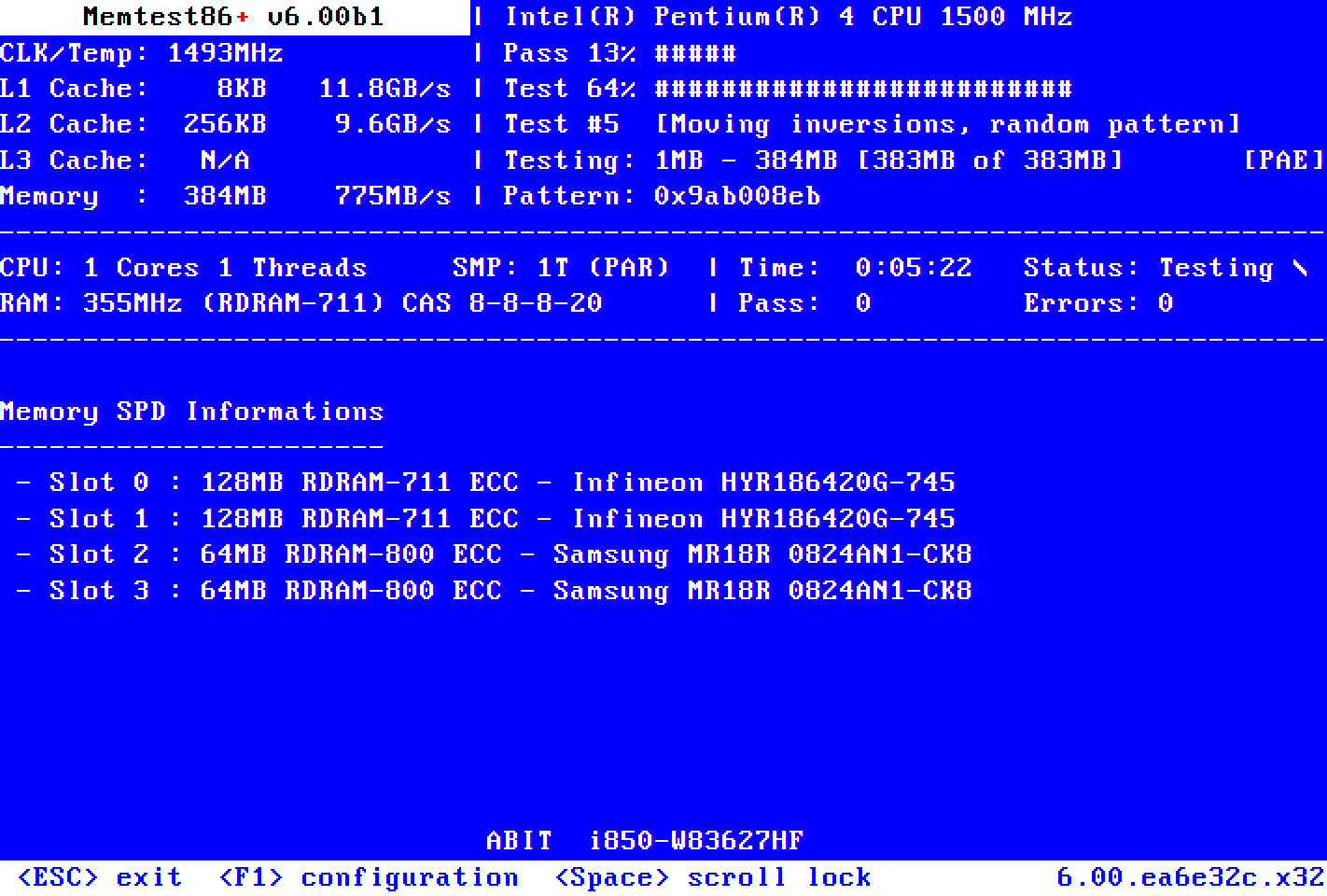I have a Gigabyte Aorus mobo with 64 GB DDR4 4000Mhz RAM. It came with 32GB, and I added another 32GB of the exact same mfg, make, timing (I know this is the first question I'll be asked, but I checked and double checked - its the exact same 4 pieces of RAM).
The mobo defaults to 2400MHz. Since I have 4000MHz RAM, I thought to enable the XMP profile. There is only one profile in BIOS when I enable XMP, called Profile 1. It lists the RAM as 4000MHz. But after enabling it, I would get random BSOD (clock watchdog timeout). I am going to be fair and say that I did encounter BSOD before installing the RAM, but it seemed to go away with a BIOS update. I cannot be sure of this as the computer is relatively new and BSOD is tricky to reproduce. If I just leave the computer on, it can go hours (days) without BSOD. DisplayCal seems to cause it to BSOD more often, but I cannot be sure.
I read somewhere that I could try lowering the clock speed of the RAM. At last count, 3600 still caused BSOD or hard crash without BSOD (particularly with DisplayCal).
I have just lowered it further to 3400.
But my question here is: is it even worth it? I mean, I really would love to get the performance I paid for with the expensive 4000MHz RAM, but if I keep getting BSOD, I would stick with disabling XMP and just living with the reduced speed. Is it even that much reduced for that matter, how much would I notice the difference? OTOH I will surely notice the difference when a BSOD occurs!
If it is worth it, then there seems to be a lot to do, with timings and whatnot, and all the while the only way to know if it worked is to wait for a BSOD to maybe or maybe not eventually happen. Seems like a pain, so I'd do it only if its worth the gain.
Any help or suggestions would be appreciated, thanks!
The mobo defaults to 2400MHz. Since I have 4000MHz RAM, I thought to enable the XMP profile. There is only one profile in BIOS when I enable XMP, called Profile 1. It lists the RAM as 4000MHz. But after enabling it, I would get random BSOD (clock watchdog timeout). I am going to be fair and say that I did encounter BSOD before installing the RAM, but it seemed to go away with a BIOS update. I cannot be sure of this as the computer is relatively new and BSOD is tricky to reproduce. If I just leave the computer on, it can go hours (days) without BSOD. DisplayCal seems to cause it to BSOD more often, but I cannot be sure.
I read somewhere that I could try lowering the clock speed of the RAM. At last count, 3600 still caused BSOD or hard crash without BSOD (particularly with DisplayCal).
I have just lowered it further to 3400.
But my question here is: is it even worth it? I mean, I really would love to get the performance I paid for with the expensive 4000MHz RAM, but if I keep getting BSOD, I would stick with disabling XMP and just living with the reduced speed. Is it even that much reduced for that matter, how much would I notice the difference? OTOH I will surely notice the difference when a BSOD occurs!
If it is worth it, then there seems to be a lot to do, with timings and whatnot, and all the while the only way to know if it worked is to wait for a BSOD to maybe or maybe not eventually happen. Seems like a pain, so I'd do it only if its worth the gain.
Any help or suggestions would be appreciated, thanks!



